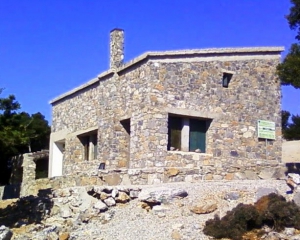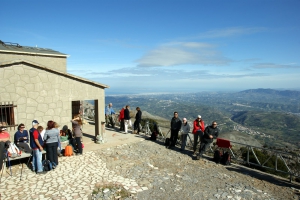The Forest Pardi is one of the finest remaining holly woods of Crete, near the village Kouroutes, 53km southeast of Rethymno. Here the steep western slopes of Psiloritis meet with the plain of Amari, creating a magical and unknown majestic landscape.
Just below the famous Kamares cave, above the village Kamares we meet a sizable wood. Kamares wood covers the region on the south side of Mavri peak and reaches up to an altitude of 1600-1700 meters. Its area reaches almost till the position Koutsounares where the Voriza canyon starts and continues above the village Vorizia.
The Goniano gorge is the unique passage which connects Sklavokampos and Gonies with Tylisos. Its length is 3 km. and is relatively wide and straight. Reaching though the exit (in the point where a monument of those killed during the 2nd World War is in the road to Gonies) the gorge turns abruptly towards south and before it comes out of the limestone mass follows an irregular and abrupt course.
The pine grove of Pefkias is the densest wood in Psiloritis Mount (denser than the forest of Rouvas) and apart from the great pines that dominate the area, you will also meet cypress and oak trees. In Pefkias, you will meet many bee hives as it is one of the most important areas in the prefecture of Heraklion for apiaries after the forests of the province of Viannos.
The mountain shelter at position Samari is located at an altitude of 1417 meters on the west side of the gorge of Agios Nikolaos. It's a single-room stone building with a wooden attic that can accommodate up to 20 climbers. It has 2 W.C., fireplace and there is a possibility for cooking. There is water available from a cistern which is not potable.
The shelter Prinos is located at an altitude of 1100m at the eastern slopes of Psiloritis Mount. It can be accessed either by hiking 2:00 hours Ano Assites or driving from there. From here one can hike to the nearby peaks of Koudouni, Gyristi, Rouvas forest (4 hours) and Nida Plateau (7 hours). The shelter has been operating since 1967 and can accommodate 30 people.
The peak of Vigla is located at an altitude of 907 meters and is one of the lowest peaks of the mountain range of Psiloritis. it is located just above the village of Ano Loutraki of Malevyzi province. Despite its small height, it has very steep slopes and rises abruptly above the village and the tallest of the two peaks is a quite sharp limestone ridge.
Southeast of the Monastery of Arkadi on the western slopes of Psiloritis, the wood Aravanes is formed which climbs up to the peak of Mygia. Access is possible through rough dirt roads that start from Ancient Eleftherna or west of Arkadi Monastery, which owns large areas here.













-c9b8c03d4b.jpg)






















































































